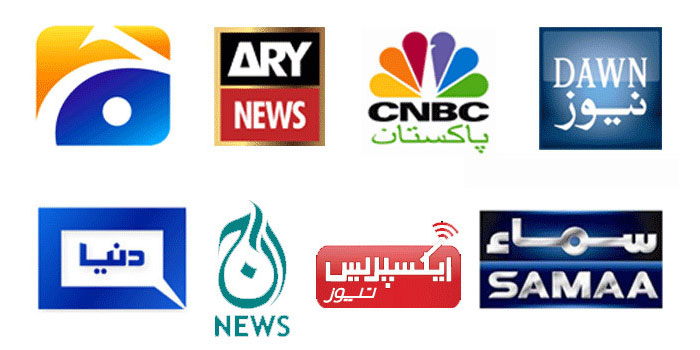It is ironic that the electronic media which played a major role in the movement against a military dictatorship is now being cited as one of the challenges to the fractured democratic transition since 2008. Perhaps it is not by design. It is clear that the electronic media remains a nascent industry and like the rest of the country operates in a largely unregulated environment. Pakistan’s overall governance climate is marked by dynasties, oligarchies and mafias. Why should we expect the media to rise above the larger culture? Nevertheless, given its important role in shaping public opinion and attitudes, the need for media responsibility has increasingly been articulated by a wide range of actors and not just the wounded political players.
The current media freedoms are unprecedented. Gone are the days when holy cows could not be touched and certain subjects were taboos in the public domain. Indeed, the national security paradigm is ascendant and the official history of Pakistan is the major narrative but there are plenty of discordant and critical voices within the industry. However, the imperatives of a rating-advertising driven culture impair the ability to be objective and rational. This is why a highly respected English channel had to switch to Urdu to cater to the cruel corporate dynamics. Concurrently, Pakistan with a largely static readership has witnessed the launch of two major English dailies and a third one is likely to be launched by the end of this year!
The outreach of electronic media has also given it a taste of untrammelled power. Musharraf’s downfall and the ability of the TV channels to question the Army during 2007-2008 reshaped its role as a power centre to reckon with. In this tumultuous period, the Judiciary also emerged as a new power centre and there has been a rare synergy between the two institutions in asserting their independence and guarding their turf vis-a-vis the Executive and after 2008, the Parliament.
Many analysts have noted that this is not a healthy trend as the two new power centres are unelected and therefore not directly accountable. The Judiciary is insular and can hardly be questioned and media accountability is almost non-existent due to the dysfunctional institutions. Hence the last two years have witnessed chaotic power dynamics which do not bode well for democratic governance. The media houses assume people’s representation role and some judges have remarked that they also articulate people’s will.
As testified by Pakistan’s history, the only workable governance framework is one which is representative. All military led modes of governance have damaged an uneasy federation and caused upheavals. For the media itself, democratic environment is even more important. Its long term growth and survival is contingent on retaining the hard earned freedoms. These days preserving democracy is even more urgent as the rise of sectarian and extremist ideologies reject democracy, constitutionalism and human rights. Therefore, the electronic media is now at the centre of these vital existentialist debates in the country. The record so far has been far from promising. Sections of the media continue to recycle the failed prescriptions of the security establishment.
First, typical to the uninformed opinion industry of the Urdu press, the electronic media has not kept up with the political consensus of fighting extremism and Islamism. Instead, there has been endless glorification of terrorists as mujahids and anti-US fighters. There are channels which take credit for airing the views of the leaders of banned organisations and promoting their disturbing worldviews. It is not uncommon to find a vigorous defence of strategic depth on a daily basis; and celebrations on occupying Kabul next year whether we are able to keep the country at peace or not.
Second, the demonisation of politics and politicians continues unabated. Undue attention is paid to the fake degrees of politicians whilst forgetting that the rules of the game were not set by the political class. Similarly, during the recent floods the politicians (of all hues and shades) were painted as villains as opposed to the Army which was donating its food rations (forgetting that the budgets for the institution were approved by the Parliament).
Thirdly, Pakistan’s ingrained ‘political instability’ is now the ultimate fodder for breaking-news-syndrome. Stories with imminent clash of the institutions are flashed as a matter of routine thereby generating an environment which is deeply hurtful for the economy and the investors. It is now difficult to separate fact from fiction. Whether it is the Government-Judiciary collision or the civil-military divide, the differences are accentuated to an uncontrollable degree fulfilling several prophecies and serving the prophets of doom.
In this context, the recent calls for media accountability at various events in Islamabad, Karachi and Lahore are poignant. More voices in the civil society are backing the demand for media responsibility and objectivity. The government has a rare chance to forge a consensus on restructuring the useless Ministry of Information, reinvigorating PEMRA and strengthening the overall regulatory environment. The media should promptly respond to these calls and protect its credibility. With a failing economy and a fledgling democracy, the road ahead is fraught with uncertainties for the smug media industry.



